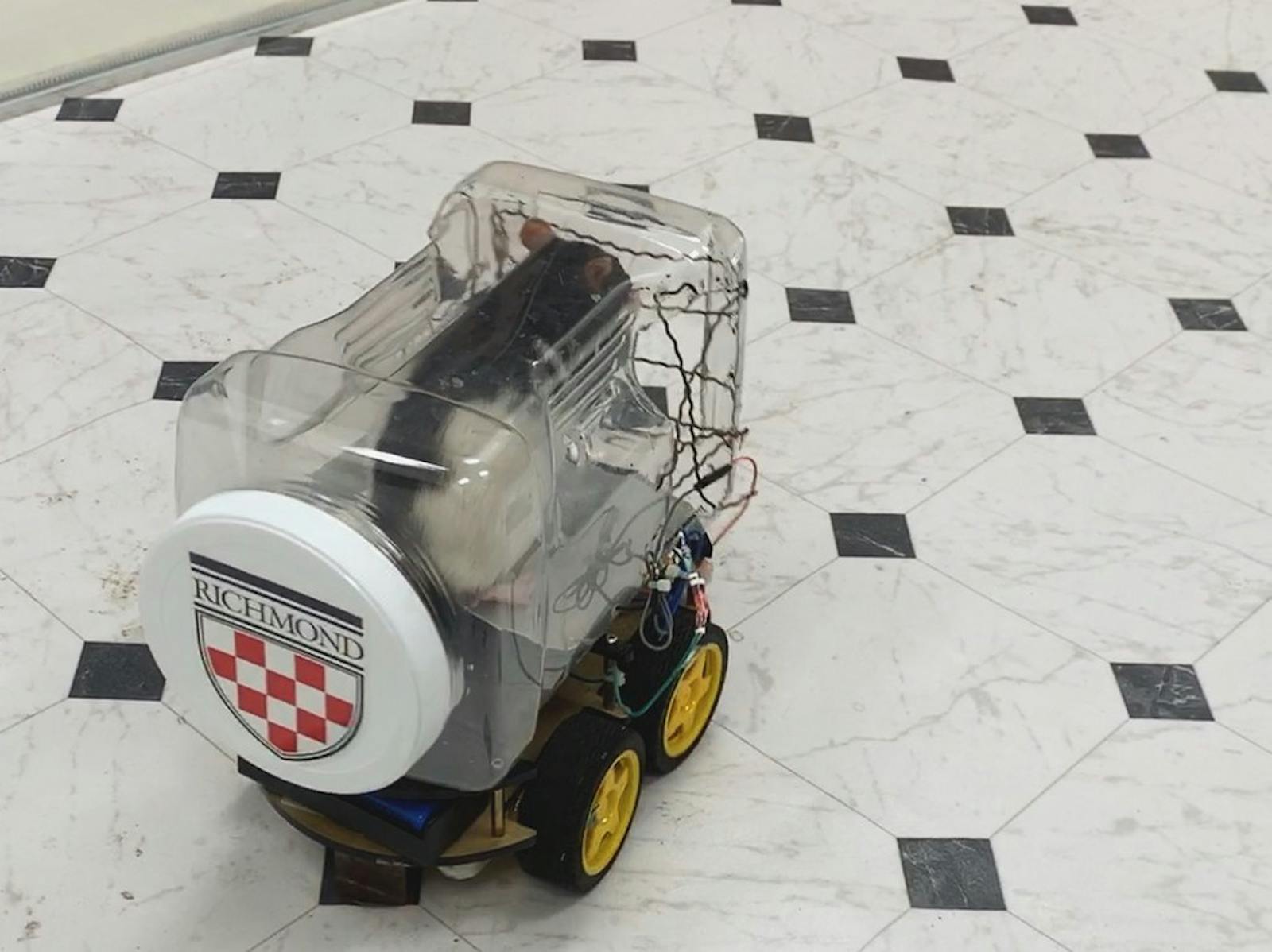‘The Blood Money Collection’: U.S. Marshal-seized muscle cars up for auction
According to the official FBI website, 40-year-old David Nicoll, of Mountain Lakes, N.J., amassed a significant fortune through his company, Biodiagnostic Laboratory Services, LLC, via a scheme to bribe health care providers to prescribe unnecessary blood tests.
As is often the case when greed gets out of hand, the Feds caught up with Nicoll and brought the full weight of the Money Laundering and Asset Forfeiture team to bear on Mr. Nicoll and his collection of vintage muscle cars that have been dubbed “the blood money collection.” They’ll be auctioned at the U.S. Marshal Services Auction Facility in Lodi, N.J., on Sept. 12. Here are some of the highlights:
1967 Shelby GT500: When a person thinks of the Ford Mustang, there’s a pretty good chance the first thing that pops into their head is the 1967 Shelby GT500, thanks to its starring role as “Eleanor” in 2000’s Gone in Sixty Seconds. Starting its life as a Fastback Mustang, the Shelby was given the special treatment by Shelby American at its L.A. facility, and in the case of the GT500, this meant sandwiching a specially tuned 428 Police Interceptor Big-Block into the front end. In addition to the fire-breathing V-8, the GT500 was given a variety of cosmetic improvements, including twin hood scoops, an elongated nose, ducktail spoiler, and sequential taillights from a Mercury Cougar. This particular GT500 is painted in Lime Gold, and has the black knitted interior. It also features the optional 3-speed automatic, extra cooling package and power disc brakes.
1971 Plymouth Hemi ’Cuda: 1970 may have marked the arrival of the third generation of MOPAR’s ever-popular ’Cuda, but it wasn’t until 1971 that they struck gold. The 1971 Plymouth ’Cuda is one of the most bitchin’ cars ever produced by the now-defunct Plymouth, and is the only year to feature its iconic double headlights and fender “gills.” Of course, not all ’Cudas were created equally, and this particular car is one of the extremely rare Hemi ’Cudas. Putting out 425 horsepower courtesy of the famous 426 Hemi V-8, the Hemi ’Cuda is definitely one fish you don’t want to mess with. This particular example is also in an interesting state, as it is currently undergoing restoration. However, it is likely that this car will fetch as much as the others, as fully restored examples often go for more than a brand new Ferrari.
1970 Ford Mustang Boss 429: As the 60s drew to a close, Ford was busy cranking out as many high-output variants as possible. One of those variants stood out from the rest — the Boss 429. It was created to fulfill a NASCAR homologation requirement for Ford’s new semi-hemi 429 engine, which was built for a sole purpose — to compete with Chrysler’s ever-dominant 426 Hemi. While the engine would run in Ford Talladega’s in NASCAR’s Grand National Division, Ford called an audible and decided to drop the engine in its pony car. For the Mustang, cramming the 429 under the hood meant significantly modifying the chassis to accommodate the engine’s size, weight and power, and Ford did just that. With all the modifications in place, the Boss 429 was not only able to shred tires, but was actually one of the best-handling mustangs made. When it hit dealer showrooms, the window sticker claimed to put out a modest 375 horsepower, for insurance purposes. When put on a dyno, the Boss makes around 500 horsepower, with some owners claiming numbers in the 600s. The particular example is in great condition and is painted in the 1970 exclusive Grabber Green.
1969 Yenko Super Camaro 427 COPO: The 1967 and 1968 Camaros were great cars, but by the time that 1969 rolled around, they were severely underpowered, thanks to a GM edict to Chevrolet forbidding the installation of engines larger than 400 cubic inches. Enter Don Yenko, the man who would change everything. With a push from Yenko, who was already cramming Chevy 427s into Camaros, Chevrolet used the Central Office Production Order, which was normally used for special builds for fleet vehicles, to create the ultra-special COPO Camaro. Adding the 450 horsepower 427cid, power disc brakes, a 4.10 rear end, and front and rear sway bars, the Camaro finally had a package that could compete with the Boss 429 and Hemi ’Cuda. Yenko ordered 201 COPO Camaros and added some flair to them with a cowl-induction hood, Yenko badges, racing stripes, and front and rear spoilers. The example up for auction bears the original Rallye Green paint job, and has all of the standard Yenko add-ons, including the option Yenko aluminum wheels and vinyl roof.
Plymouth Road Runner Superbird 426 Hemi: Following up on the successful Dodge Charger Daytona, the Superbird was released in 1970 as MOPAR’s NASCAR homologation special. Using the experience and data from the Charger Daytona platform, MOPAR created the Superbird as a superior replacement for the Daytona, and badged it as a Plymouth to lure back Richard Petty from Ford Racing. Based around a stock Plymouth Road Runner, the Superbird was given the special treatment by Creative Industries, including the addition of the 19-inch aerodynamic nose cone and 36-inch rear spoiler. The particular seized car up for auction is one of the baddest of the birds, a 426 Hemi model — one of only 100 produced. Other cool options include the Vitamin C Orange paint job and immaculate black leather interior.


